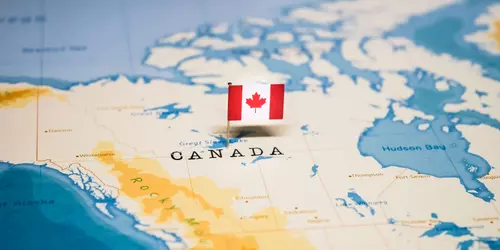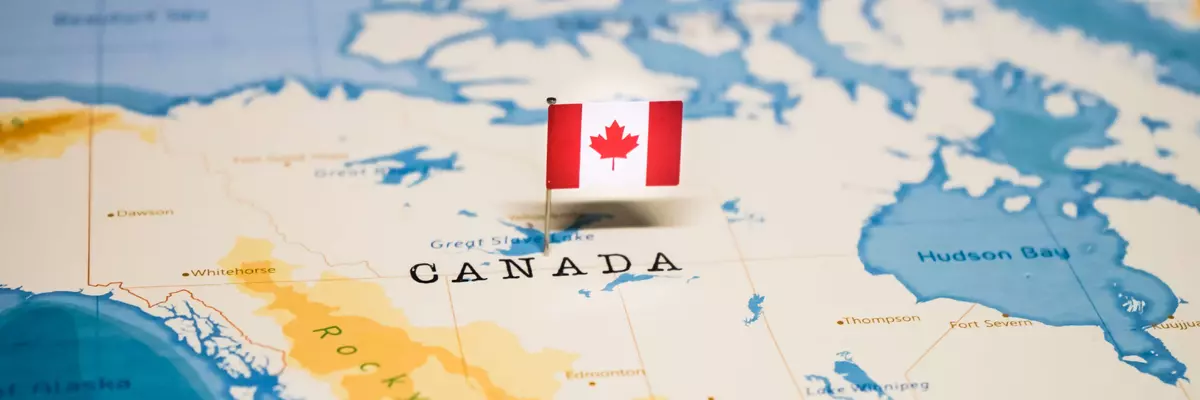The climate year of Canada
The name of the North American state originally comes from a language of the Iroquois Indians. "Kanata" means as much as "village" or "settlement". The word was adopted by the first European settlers and eventually extended to the entire land area. Canada's geographical dimensions are gigantic: the greatest distance from the Pacific Ocean in the east and the Atlantic Ocean in the west is 5514 kilometers, from north to south 4634 kilometers. Thus, Canada is almost as large as the entire continent of Europe and occupies over 40 percent of the land area of the North American continent. Therefore, no uniform climate can be given for Canada, since the geographical and scenic conditions result in different climate zones in each case. In the north of Canada, a polar climate prevails. Winters are very long, extremely cold and very snowy. Summers, on the other hand, are very short. In the rest of the country, winters are also rather long and cold, but temperatures in the temperate and continental climate zones are milder than in the Arctic. Comparatively mild, however, are the coastal regions with a maritime climate.
General information about Canada
About 70 percent of Canada's land area is covered by extensive and largely untouched natural areas. More than half of the forests are virgin forests, which also cover large parts of the country. Numerous rare animal and plant species live in this wilderness, especially black and brown bears, lynx, caribou, moose, musk oxen and wolverines can be found in the wild. In the northern regions polar bears, polar foxes, polar wolves etc. are at home. Therefore, the large national parks attract numerous visitors. Also worth seeing are the Niagara Falls on the Canadian-American border and the Columbia Ice Field in the Rocky Mountains with the largest ice accumulation south of the polar region. About seven meters of snow fall here every year. The Rocky Mountains with the 3954 meter high Mount Robson are also worth a trip, not only in winter. The big cities like Montréal, Ottawa, Vancouver and Toronto are without exception in the south.
Tourism Canada
The peak tourist season is between the end of May (Victoria Day) and the beginning of September (Labor Day), although in the high Arctic north the season is limited to July and August. Here, the first snowfalls can be expected as early as September. In contrast, temperatures in the south are quite mild from March onwards, and it can also get very hot there in the summer months, especially inland. Especially the Canadian south is characterized by extreme temperature fluctuations. In winter, temperatures of - 20 °C and lower are not uncommon, while the summers can get as hot as 25 °C. Only on the Atlantic coast as well as in the Rocky Mountains it is also cooler in summer and also has more precipitation. The ski season in the Rocky Mountains runs from November to April.





